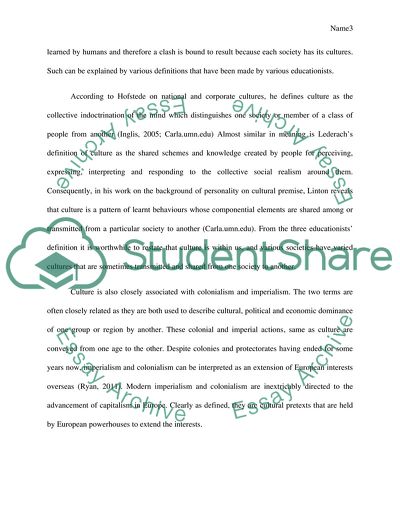Cite this document
(What Culture Is and How Can it Change Assignment, n.d.)
What Culture Is and How Can it Change Assignment. Retrieved from https://studentshare.org/culture/1849528-explain-what-culture-is-and-how-can-it-change-apply-race-and-ethnicity
What Culture Is and How Can it Change Assignment. Retrieved from https://studentshare.org/culture/1849528-explain-what-culture-is-and-how-can-it-change-apply-race-and-ethnicity
(What Culture Is and How Can It Change Assignment)
What Culture Is and How Can It Change Assignment. https://studentshare.org/culture/1849528-explain-what-culture-is-and-how-can-it-change-apply-race-and-ethnicity.
What Culture Is and How Can It Change Assignment. https://studentshare.org/culture/1849528-explain-what-culture-is-and-how-can-it-change-apply-race-and-ethnicity.
“What Culture Is and How Can It Change Assignment”. https://studentshare.org/culture/1849528-explain-what-culture-is-and-how-can-it-change-apply-race-and-ethnicity.


